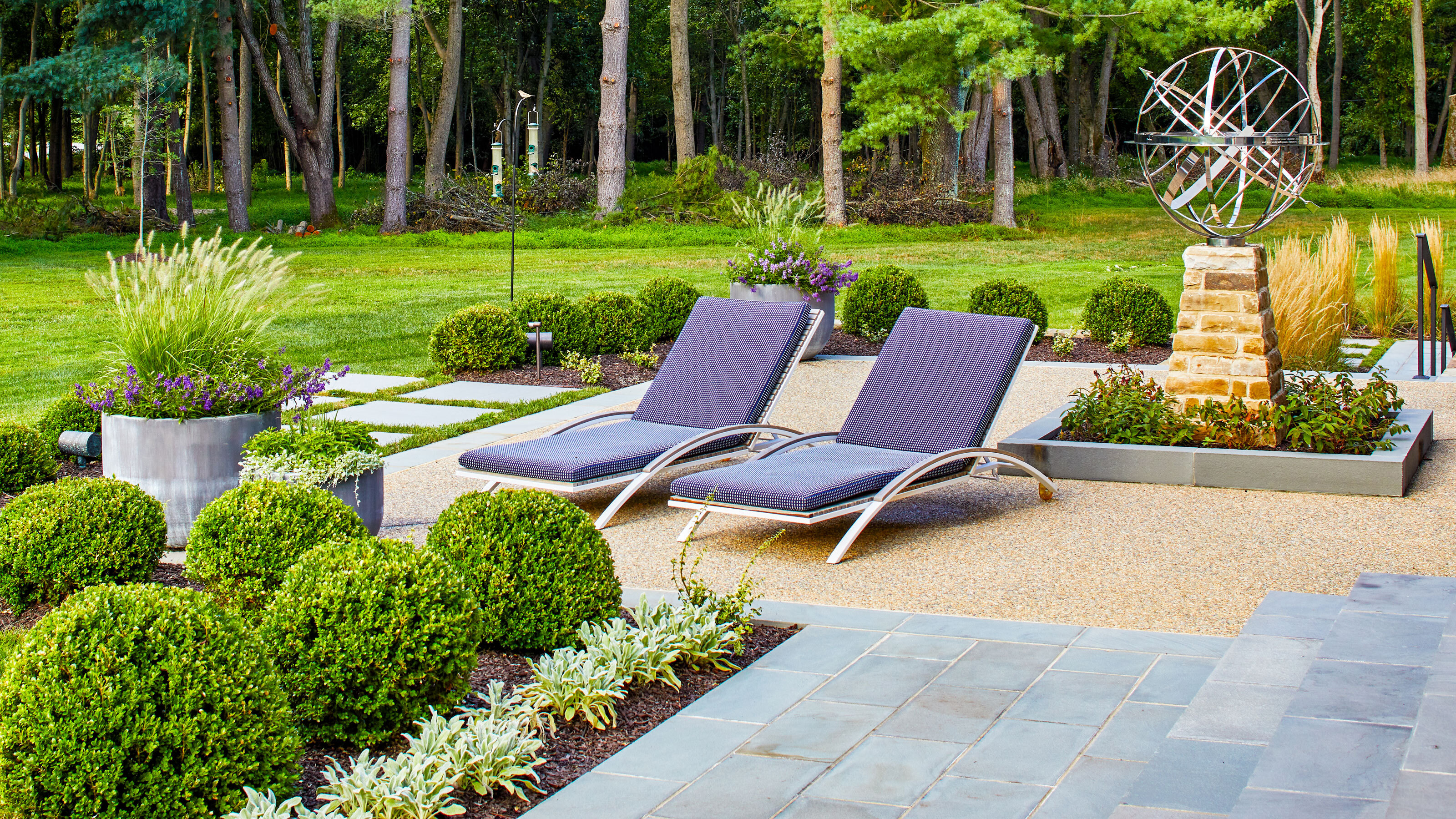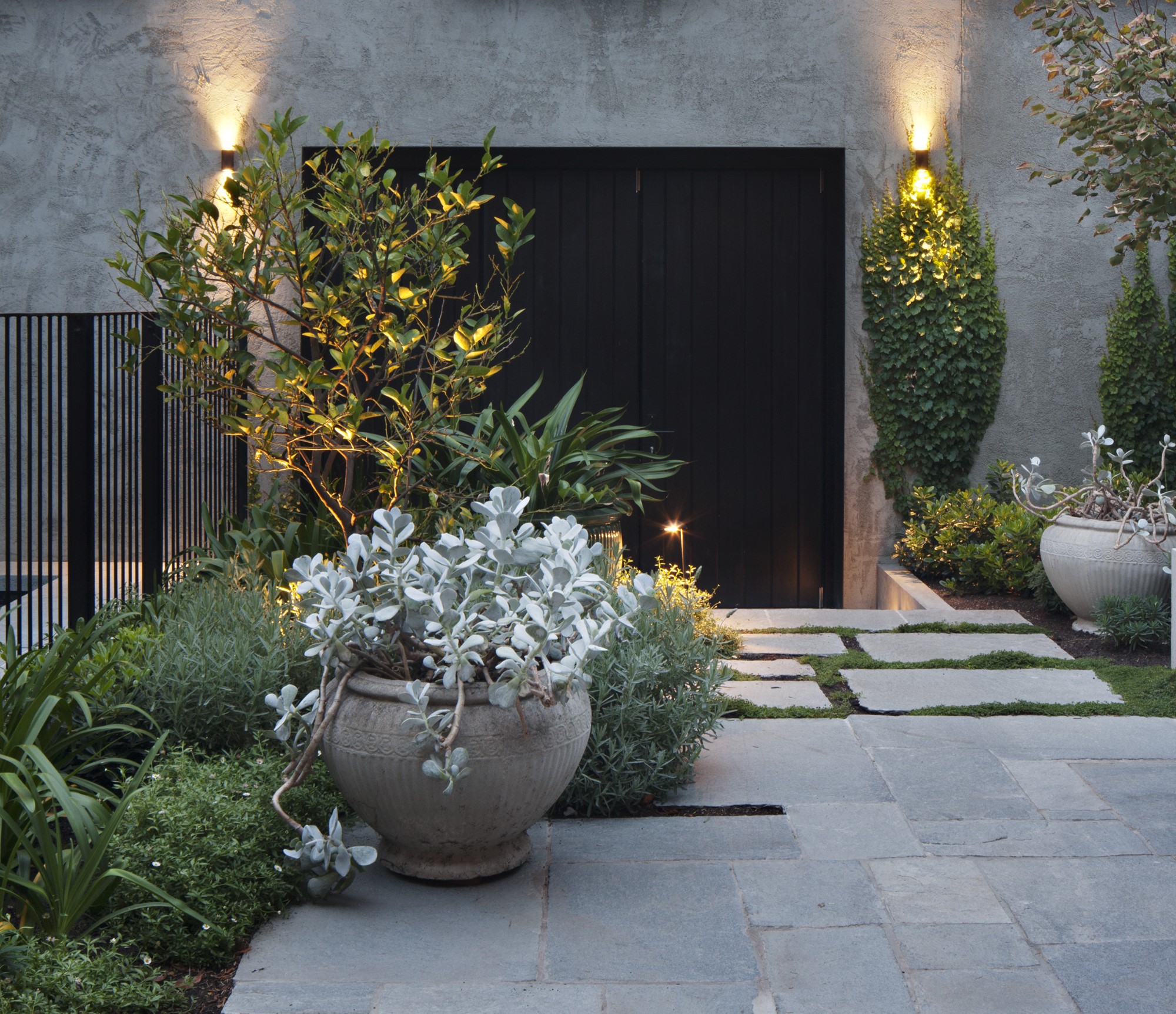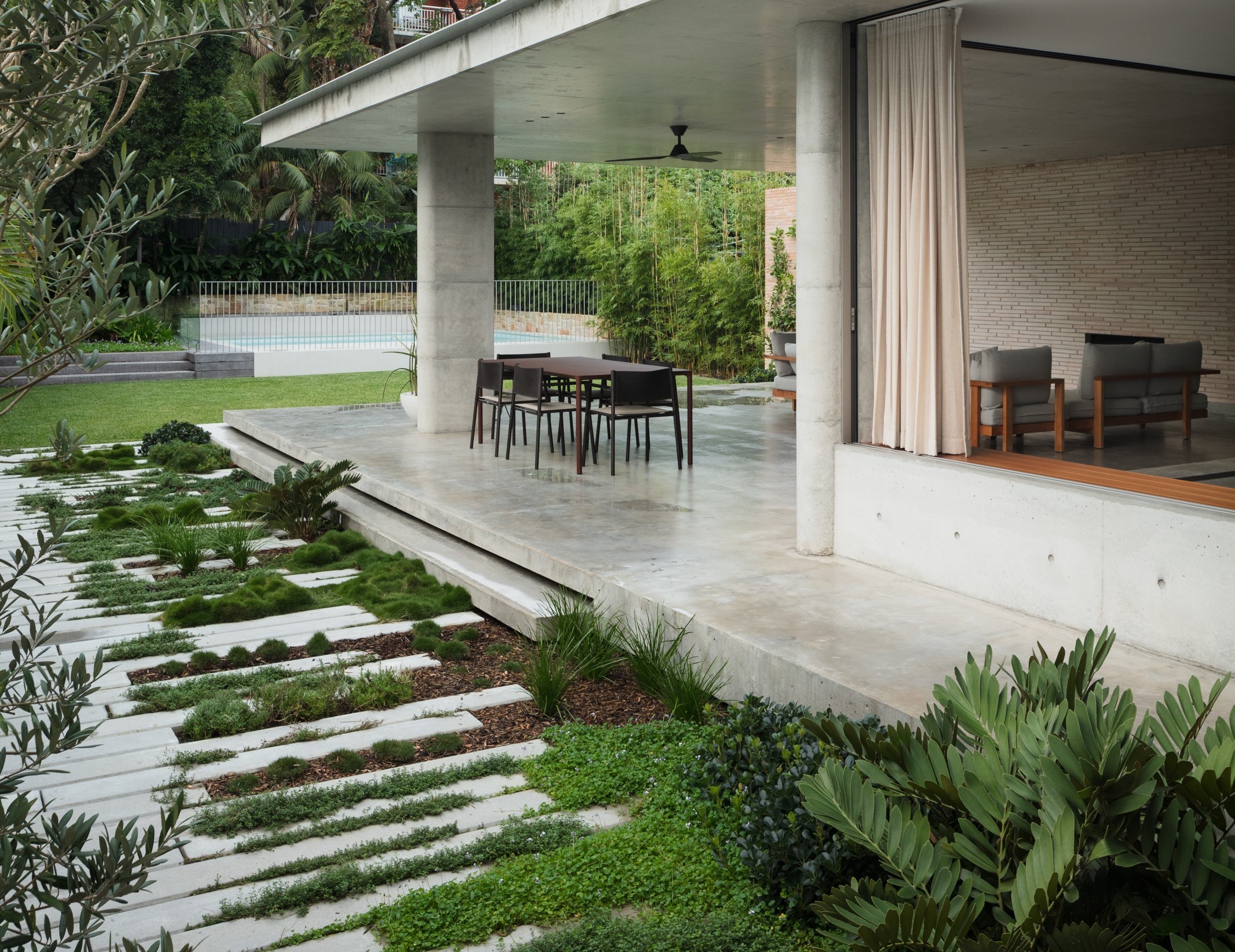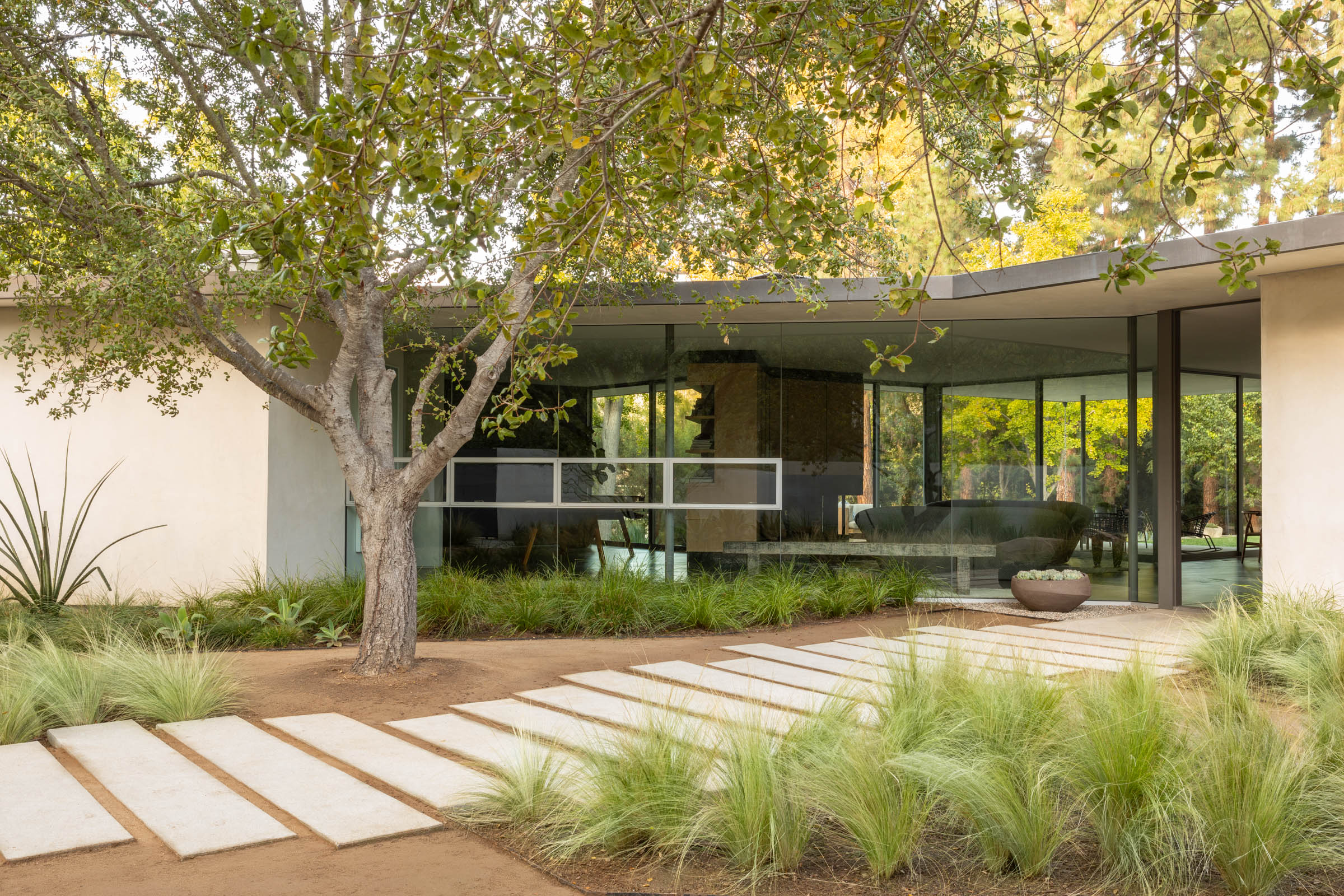How to Mulch Your Garden — This is How to Keep Plants Happy (and It Can Look Surprisingly Good, too)
Whether you're green thumbed or not, learning the basics of mulching properly might be the missing step in keeping your outdoor space looking its best


If there's one garden care chore that you should definitely be investing your time in this fall, it's mulching. This process is crucial to keeping your plants strong enough to get through the cold winter.
But if you're going to put your effort into mulching, it's best to do it right and do it well. The process is pretty straightforward, but following these simple steps will ensure that there's no room for error, guaranteeing strong, hydrated plants for the rest of the season.
All it takes are these five easy-to-follow tips and we've gotten them straight from the experts' book of experience. So, without further ado, let's get into the art of mulching.
Step 1: Clear the Site

In conversation with gardening expert Tony O'Neill, he tells us that the first step to a perfectly mulched garden is clearing the site. "Before mulching, clear the area of any weeds or old mulch," he says. "This helps to ensure that the mulch has direct contact with the soil, preventing weeds from emerging and competing for nutrients."
A clean slate works best when adding on a fresh layer of mulch. So while this step may seem inconsequential in theory, it truly plays its own essential part in the process.
Step 2: Water the Ground

Once the site is cleared, Tony tells us that the next step is to water the soil thoroughly. "Moist soil will help the mulch settle in and break down gradually," he notes. "Thereby providing better nourishment for your plants."
It's important to water your ground at this stage of mulching, and not after as the whole point is to lock the moisture in to act as a sort of reserve for your crops. In fact, if you've had to deal with a wilting winter backyard, this is exactly how to keep your garden hydrated successfully.
The Livingetc newsletters are your inside source for what’s shaping interiors now - and what’s next. Discover trend forecasts, smart style ideas, and curated shopping inspiration that brings design to life. Subscribe today and stay ahead of the curve.
If you're not a huge fan of garden chores, our little secret to making the process more enjoyable is to employ equipment you actually enjoy using. Take this gorgeous amber glass watering can from Anthropologie — It's stunning and so fall. It's the small things that make these arduous tasks pleasant, so why not keep it pretty while you're at it?
Step 3: Apply the Mulch

Now that your plant stage is prepped and ready, Tony tells us that it's finally time to spread mulch evenly over the soil. He recommends ensuring that your mulch is about two to four inches deep for best results. "However, be cautious not to over-mulch," he warns. "As too much can suffocate plant roots and prevent water from reaching the soil."
Landscape designer Marco Picano tells us that he typically chooses a mulch that complements the garden's plants and hardscape. "For 20 years, we’ve used sustainably sourced wood chips from local tree services in our own landscaping designs," he says. "The aromatic chips provide nutrients to surrounding plants as they break down."
He also explains that they replenish mulch once a year and that all of the gardens they've worked on have thrived with this natural, sustainable approach. But different gardens have varied mulch needs. For example, if dry gardens are on your green mood board, then perhaps you could treat your space to this horticultural lava rock pebbles mix from Amazon. Or if you have a flower bed that needs some TLC, then you can maintain the spot with a woody variety, like this fancy hardwood mulch from Walmart. So pick a type that is compatible with your garden setting.
Step 4: Clear Mulch From Stems and Trunk

Now, unfortunately, mulch is not the kind of material that you can just scatter without intention. And let's say you do (although, it's better if you don't), then this next step is absolutely imperative.
"It's essential to keep mulch away from plant stems and tree trunks to prevent rot and pest infestations," he says. "So, leave a small gap, about two to three inches, around each plant to promote healthy air circulation."
Even if you don't disperse your mulch haphazardly, Tony encourages gardeners to keep this step in mind as drowning your crops' stems could potentially undo all your efforts towards safeguarding your garden.
Step 5: Rake and Level Mulch

All that's left to do now is level your mulch with a rake. According to Tony, doing so allows an even spread across your garden for all your plants to enjoy. "This will improve the garden's appearance and ensure even moisture retention and temperature regulation," he says.
If you happen to be growing any plants to mulch in September, then this guide will certainly be your friend through the task. However, you can also consider this a general manual to keep your plants lively year-round.
FAQs
What is the best time to mulch a garden?
As luck would have it, fall is the best time to be mulching your garden. Since the autumnal season marks the beginning of the climatic transition from humid to dry and warm to cold, your plants could do with some extra care around this time of the year. So we recommend mulching now, and your plants will be thanking you later.
Do you need to remove old mulch before putting down a new layer?
As mentioned above, the first step to mulching is preparing your garden, and getting rid of fallen flowers and leaves, weeds and old mulch is key.
"With the right mulch and technique, gardens gain a polished, healthy look while plants and soil benefit," says Marco. And we couldn't agree more. Which is precisely why, we highly recommend starting with a clean ground before you get to mulching.

Amiya is a Home Wellness Writer at Livingetc. She recently graduated with a Masters Degree in Magazine Journalism from City, University of London, and has lent her words to beauty, fashion, and health sections of lifestyle publications including Harper’s Bazaar and Women’s Health. Her experience as a research analyst has equipped her with an eye for emerging trends. When she’s off the clock, she can be found reading, listening to music, or overanalyzing her latest Co-Star update.